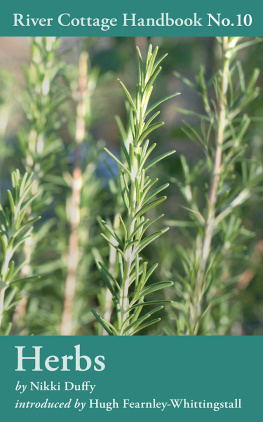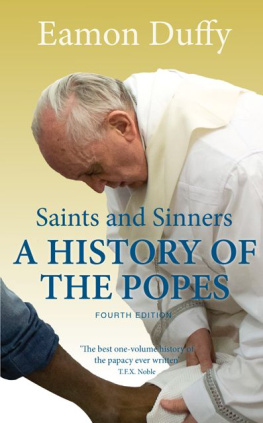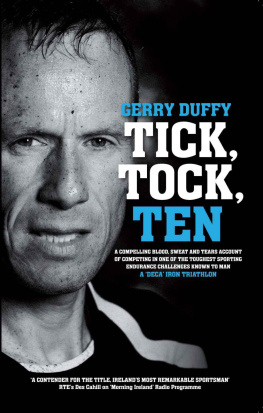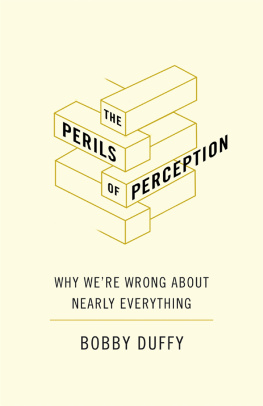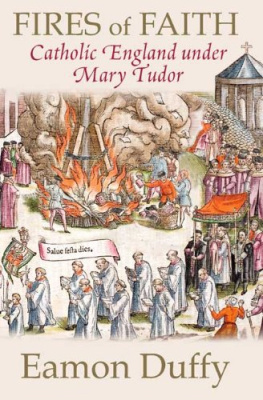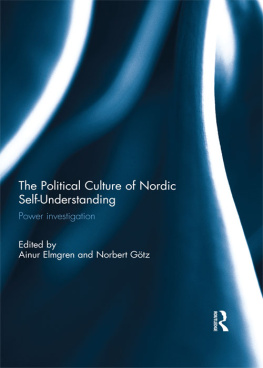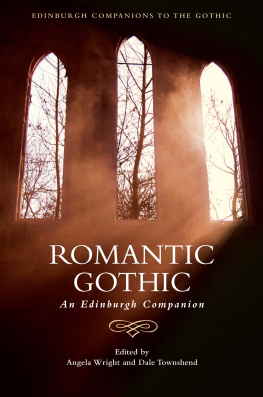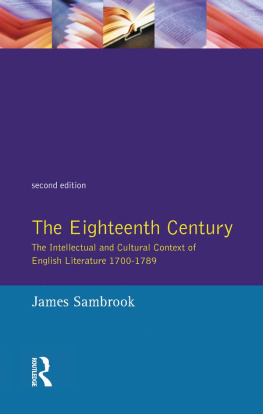Cian Duffy
is Professor of English Literature at Lund University, Sweden. His research concerns various aspects of the cultural history and intellectual life of the eighteenth century and romantic period. Selected previous publications include: Percy Shelley: Selected Poems and Prose (ed. with Jack Donovan; Penguin, 2016); The Landscapes of the Sublime, 17001830: Classic Ground (Palgrave, 2014); Romantic Adaptations: Essays in Mediation and Remediation (ed. with Peter Howell and Caroline Ruddell; Ashgate, 2014); Cultures of the Sublime: Selected Readings, 17001830 (ed. with Peter Howell; Palgrave, 2011); The Poems of Shelley , vol. 3 (ed. with Jack Donovan, Kelvin Everest, and Michael Rossington; Longman, 2011); and Shelley and the Revolutionary Sublime (Cambridge, 2005). He is on the committee of the Nordic Association for Romantic Studies and co-editor of Romantik: Journal for the Study of Romanticisms . At present, he is working on a monograph exploring the relationship between romanticisms and romantic nationalisms in Britain and the Nordic countries.
This volume explores the relationship between romanticisms and romantic nationalisms in Britain and the Nordic countries during the late eighteenth and early nineteenth centuries. Notwithstanding these conflicts, however, there was a thriving and diverse culture of exchange between Britain and Scandinavia during the late eighteenth century and romantic period. It is that culture of exchange which the essays in this collection explore, a culture which, we argue, played an important role in the development of romanticisms and romantic nationalisms in Britain and the Nordic countries.
Academic historiographies of British interest in Scandinavia during the late eighteenth century and romantic period have tended to focus on engagements with the high North and the Arctic, as, for example, in Angela Byrnes Geographies of the Romantic North ( But in the main, academic studies of British romanticism have tended to look south and east for influences following a pathway of adaptation or appropriation encoded in terms like Augustan, neo-Classical, Gothic, Oriental, and of course romantic itself or else west to the Atlantic world and the Americas. Historiographies of Scandinavian culture during the same period have, for their part, tended to understand movements like the Danish Golden Age [Gulalderen], c.18001850, or the Swedish Age of Liberty [Frihetstiden] c.17181772, as characterised by interiority, as flowerings of national identity political and cultural alike prompted by a diminishing international presence and the loss of geographical territory.
Of late, however, Scandinavian scholars in particular have begun to complement and to problematise these established historiographies. In The Northern Utopia (
Our essays in this volume build on the work of these and other scholars to explore the thriving, and still comparatively unstudied, axes of cultural exchange between Britain and the Nordic countries in the late eighteenth century and romantic period. Such exchanges were many and varied and took place across a range of genres, disciplines, and areas of enquiry. For reasons of scope, we have confined our attention here in the main to exchanges through the medium of literature and the arts, whilst always remaining aware that the disciplinary boundaries which have come to define the modern European episteme were only in the process of being drawn in the period which we study. The larger argument which we make in our volume is not only that the development of romanticisms and romantic nationalisms in Britain and the Nordic countries involved (at least in part) a process of transnational cultural exchange, but also that it did so at that very moment which historians of nationalism and national thought in Europe have so often for sound and evident reasons identified as coinciding precisely with the increased demarcation of national and cultural boundaries, with increasing interiority in the search to define national identity. In his seminal study of National Thought in Europe , for example, Joep Leerssen describes romantic nationalism as premised upon an understanding of:
nations as natural human categories, each defined in its individual identity by a transcendent essence, each self-perpetuating that identity transgenerationally through history, each deserving of its own self-determination. Each nation has a natural or moral right to be incorporated in its own state, while conversely every state should incorporate the natural, organic solidarity of its proper constituent nation.
Leerssen emphasises the centrality of the Revolutionary and Napoleonic Wars to the emergence of this kind of romantic national thought in Europe as the articulation and instrumentalization of collective self-images, derived from an opposition against different, other nations.
As I have already said, we seek in this collection to complement such oppositional models of national thought, and of romantic nationalisms in particular, by advancing a model of regional cultural affiliations which crossed national boundaries even as those boundaries were in the process of being redrawn in their modern form. In fact it is a key claim of this volume that a sense of shared cultural inheritance between Britain and the Nordic countries underpinned a range of attempts during the late eighteenth century and romantic period to construct an awareness of what it meant to be, say, British or Swedish or Danish. In one very significant respect, what that meant was to be northern as opposed to southern or eastern , and here we look back in part to Peter Fjgesunds arguments about the need to take a macro-cultural perspective on a region that is not normally treated as a distinct unit.
One of the more prominent (if also controversial), contemporaneous assertions of this sense of common cultural identity across the North was undoubtedly Horatio Nelsons address to the Brothers of Englishmen, the Danes during the Battle of Copenhagen on 2 April 1801 (see Chronology ). This salutation, which opened a note sent by Nelson to the Danish Crown Prince Frederik VI after some four hours of fighting a battle which Nelson consistently described as his most difficult, was repeatedly quoted with approbation in contemporary accounts by British and Danish commentators, and evidently served in various contexts, and not least during the battle itself, as an attempt to shore up a relationship undergoing traumatic collapse.
To this vogue can be traced some of the new, proto-romantic directions taken by English literature in the mid-eighteenth century, typified in the Norse ballads of Thomas Gray and James Macphersons Ossian cycle, to cite just two of the most obvious examples. The publication at Copenhagen in 1815 of the first edition of the manuscript of Beowulf by the Icelandic scholar and professor of antiquities at Copenhagen University, Grmur Jnsson Thorkeln was another milestone in this recovery of a common, cultural identity: a Nordic tale, first written down in England and routinely identified as a founding-text of English literature, and first published in Denmark (see Chronology ) a process of exchange which illustrates well how canon-formation as a part of nation-building could take place across national boundaries. And though of far less import, we might cite as a further, representative example the arguments made by Thomas De Quincey in a series of essays published in The Westmoreland Gazette in the winter of 18191820 that the dialect of the English Lake District was Danish in origin.



